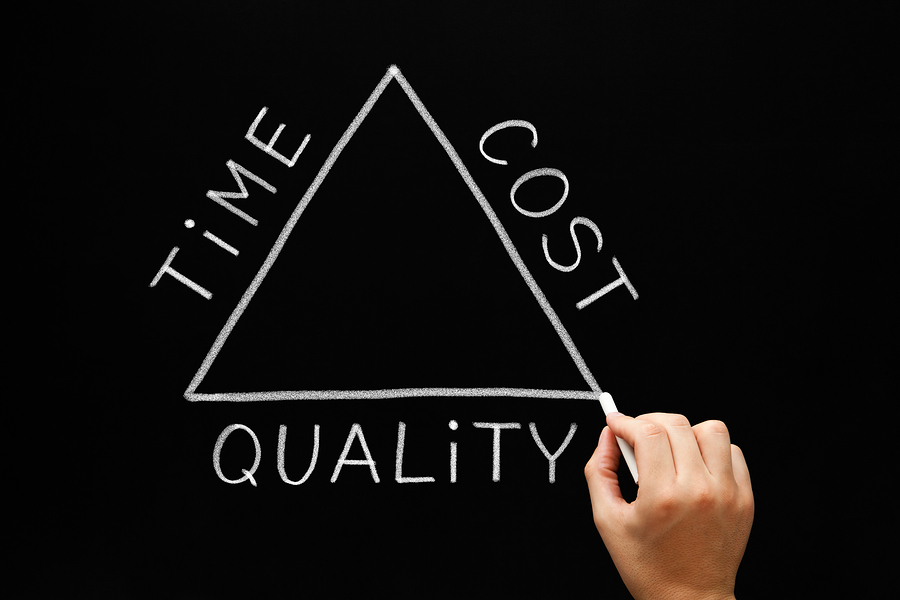What happens when you go through your budget process? Is it painful? Do you and your colleagues feel constrained by budget limitations? In fact, recent research reported by Fast Company magazine in the article “How Constraints Force your Brain to Be More Creative” suggests that there may be surprising benefits from operating within resource limitations.
Conventional thinking
Typically, one would think that with unlimited resources come greater opportunities and creativity in solving problems and addressing challenges. You would think that people feel more free to try something, fail and then try again. When you have lots of time and resources available to you, what is your default approach? Are you rigorous and thoughtful about how you approach a problem? Or do you tend to fall back on conventional solutions?
As reported in the Fast Company article mentioned above:
Ravi Mehta at the University of Illinois and Meng Zhu at Johns Hopkins University examined how thinking about scarcity or abundance influences how creatively people use their resources. The researchers thought that by highlighting resource scarcity, they could reduce people’s natural tendency to use what was available to them in conventional ways.
They conducted an experiment with undergraduates to test this theory. You can read about the experiment and their research here.

Research findings
The researchers found that:
With abundance, Mehta and Zhu concluded, people simply have no incentive to use what’s available to them in novel ways…
Our environments, in other words, either impel us to see things differently or they don’t. That implies that creativity is in many ways situational, not some inborn faculty or personality trait. When people face scarcity, they give themselves freedom to use resources in less conventional ways—because they have to. The situation demands a mental license that would otherwise remain untapped.
Implications for energy professionals
During this period of low energy costs coupled with significant operational demands, the constraints on large energy users are significant. Budget pressure is intense. When prices are as low as they have been, it is quite likely that finance and management expect energy professionals to continuously lower costs and achieve Herculean tasks with limited resources. While it may seem counter-intuitive:
Our problems, challenges, and opportunities may become more manageable with constraints that direct us to make the best out of what we have….budgets significantly increased how resourceful people were in responding to [these] challenges, leading to better results.
In fact, while this information is drawn from an entirely different set of research, it is interesting to note that during the prior 9 years in the US, during a period of relatively low energy prices but significant economic pressure, US industry has de-coupled growth from energy intensity while energy prices have dropped. According to the 2017 Sustainable Energy in America Factbook, compiled by Bloomberg New Energy Finance (BNEF) for the Business Council for Sustainable Energy (BCSE):
Statistics included in the 2017 Factbook show that the U.S. has been able to sustain significant economic growth while transitioning toward cleaner energy resources. Furthermore, Americans are spending less on energy than at any other time on record.
Bottom line for energy and finance professionals: Conducting a careful and thoughtful budgeting process can lead to process and operational improvements over time. As the Fast Company article concludes, “So while you may not think of your quarterly budgeting process as a hotbed of creativity, it may set the stage for some innovations you wouldn’t expect.”
